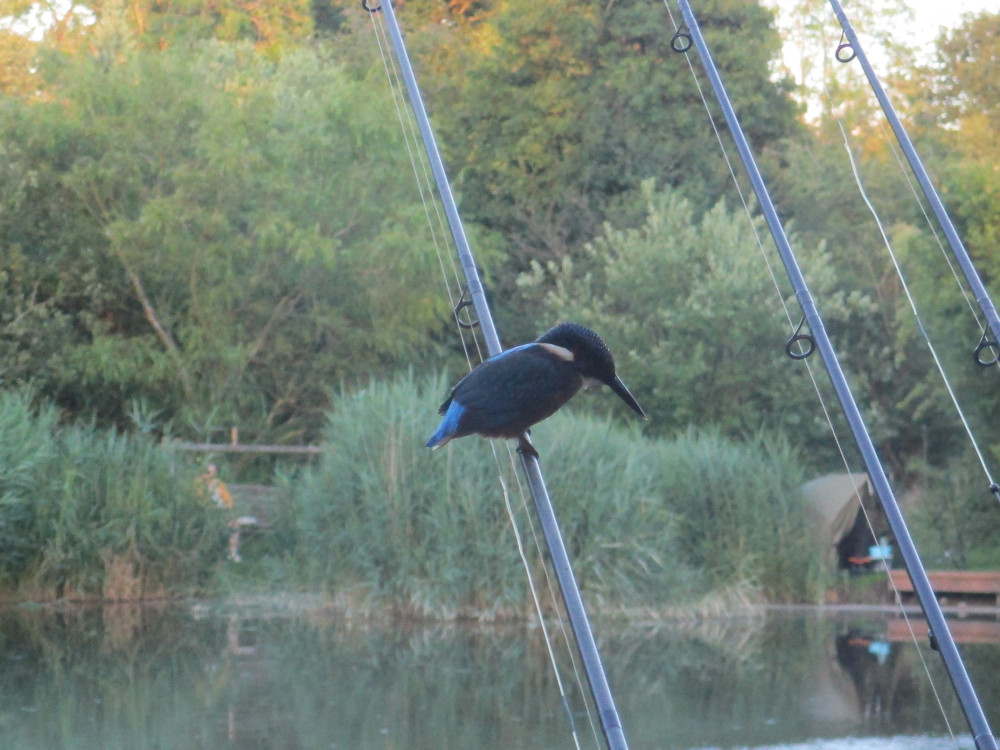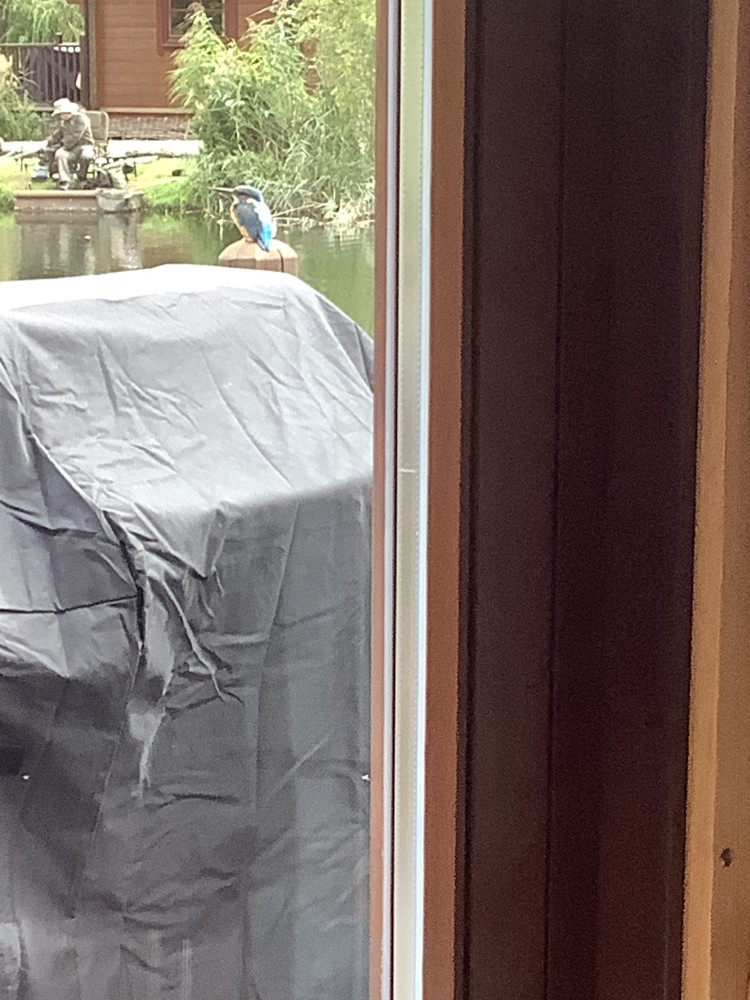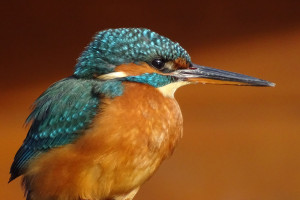What a year for Kingfishers!
Posted 31/10/2022 : By: Will & Sarah Draper
We have had a fabulous summer for birdlife here at Badwell Ash Holiday Lodges, and nothing has been more spectacular than our family of kingfishers. We’ve had a pair that have successfully reared - and trained - two chicks. Guests have had the rare treat of seeing up to four kingfishers flying around our lakes.
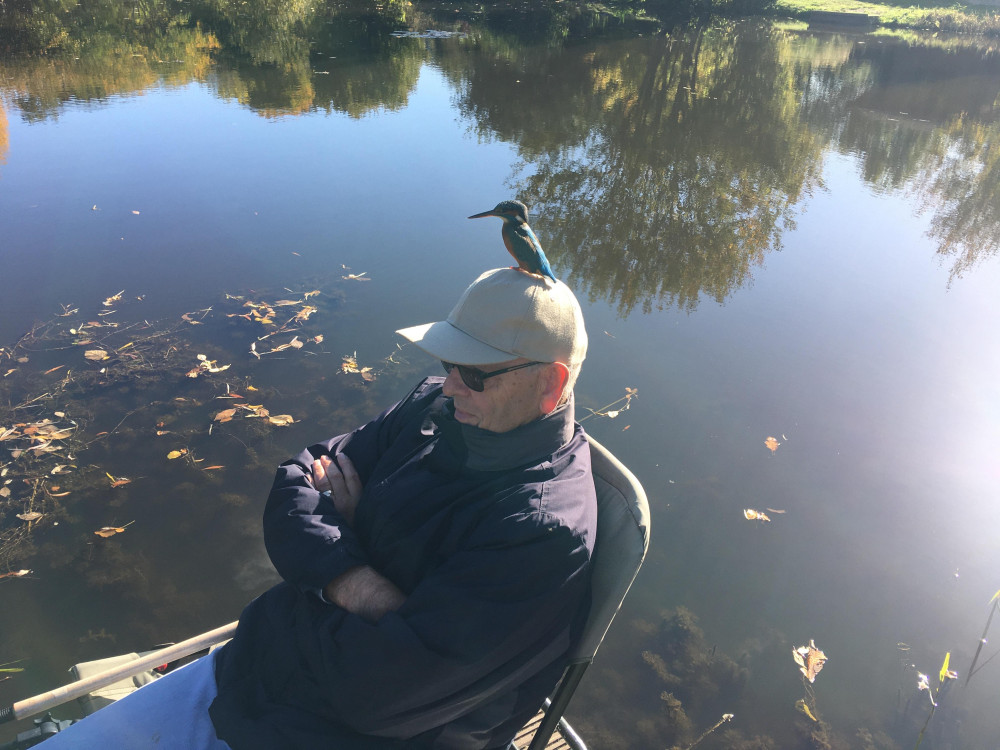
Kingfishers are notoriously difficult to photograph as they never stay still for more than a minute and are also very secretive and easily spooked. However, here are a few of the amazing pics that have been taken this summer by our guests (including the super high-res close up).
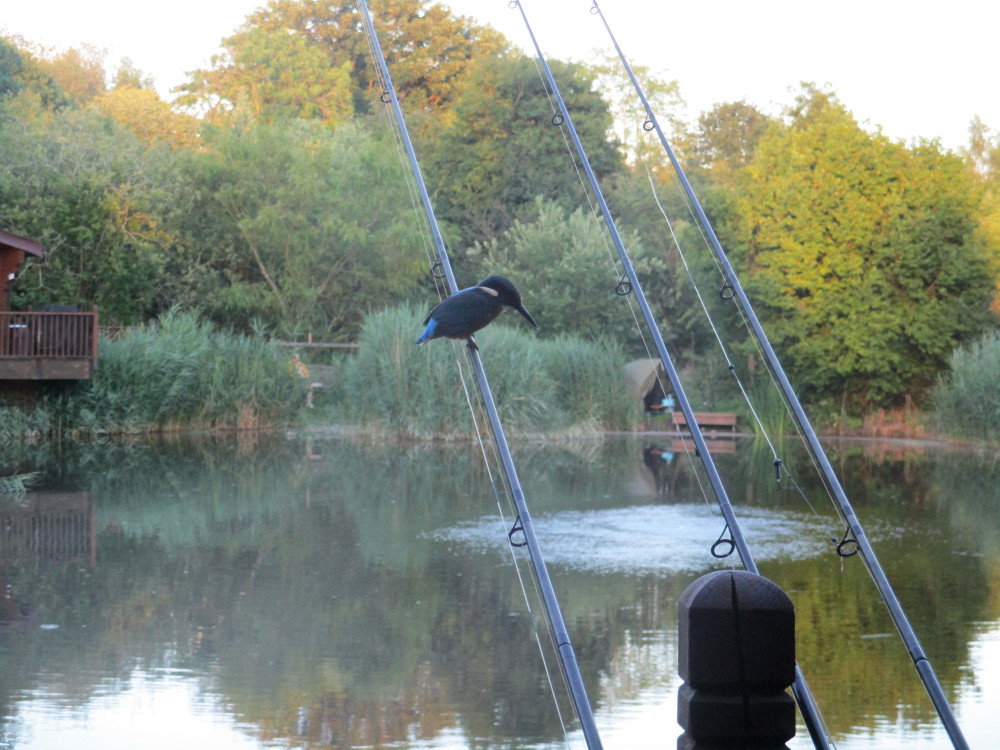
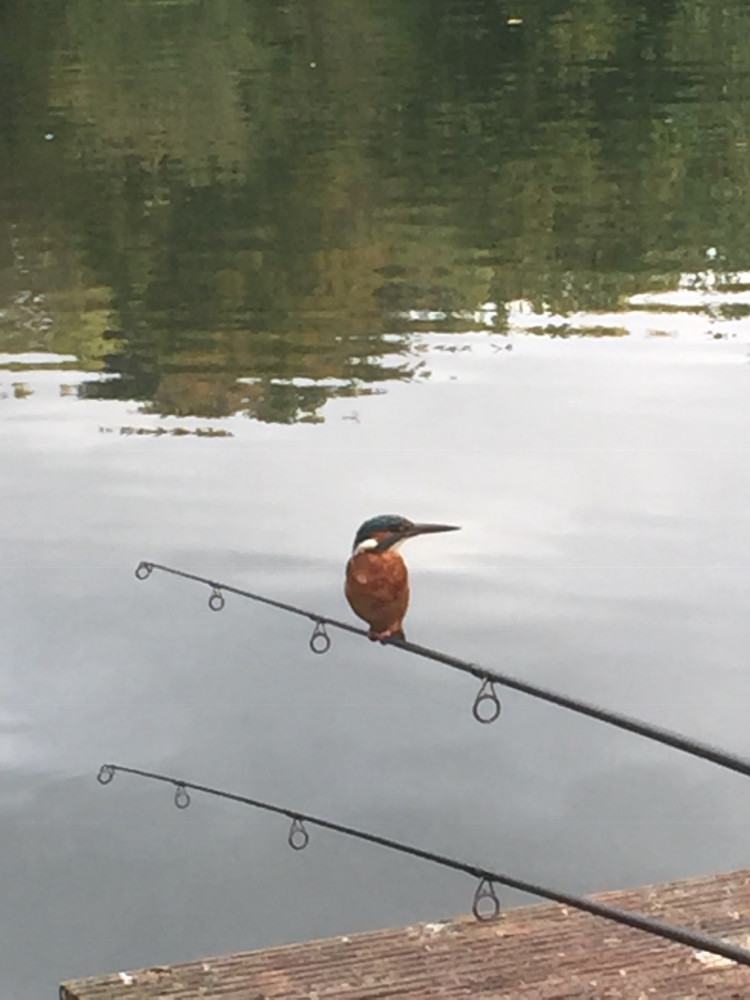
For those that feel the need to know a little more about kingfishers here are some factoids:
- At 16cm long a kingfisher is only slightly larger than a robin, but it’s extra wingspan and long beak make it twice as heavy.
- Kingfishers don’t just eat fish - they will dive for large nymphs, water bugs and tadpoles too. They must eat their bodyweight each day, which in practice is 10-30 small fish.
- It’s often easier to spot kingfishers by listening out for their call, which is a high pitched and repetitive ‘peep’. Once heard, the bird can usually then be seen - if only out of the corner of your eye!
- Kingfishers don’t build nests in trees, instead they burrow into the banks of lakes and rivers. The burrow is only a few centimetres wide, and about a metre long, where it opens out into a larger chamber. This is where the birds lay their eggs.
- There will be a clutch of around 6 eggs, of which just one or two are likely to survive fledging.
- The parents will spend some time training their chicks. This will include teaching them to skim low over the lake (to avoid predators such as sparrowhawks), find secluded perches, and dive down to grab prey.
- Once the chicks reach adulthood they are driven off by the parents and must find their own territory. Kingfishers will sometimes raise a second brood if the weather isn’t too cold.
- Kingfishers can live for up to 8 years, but this is rare. Average lifespan is just two or three years, the biggest threats being water pollution (eg from sewage or agrichems), habitat destruction, flooding, harsh winters, and predation.
- Latin name is Alcedo Atthis
You won’t see many kingfishers in Scotland as the climate isn’t conducive. Suffolk, however, is perfect, so come and see us - and our kingfishers - soon!
